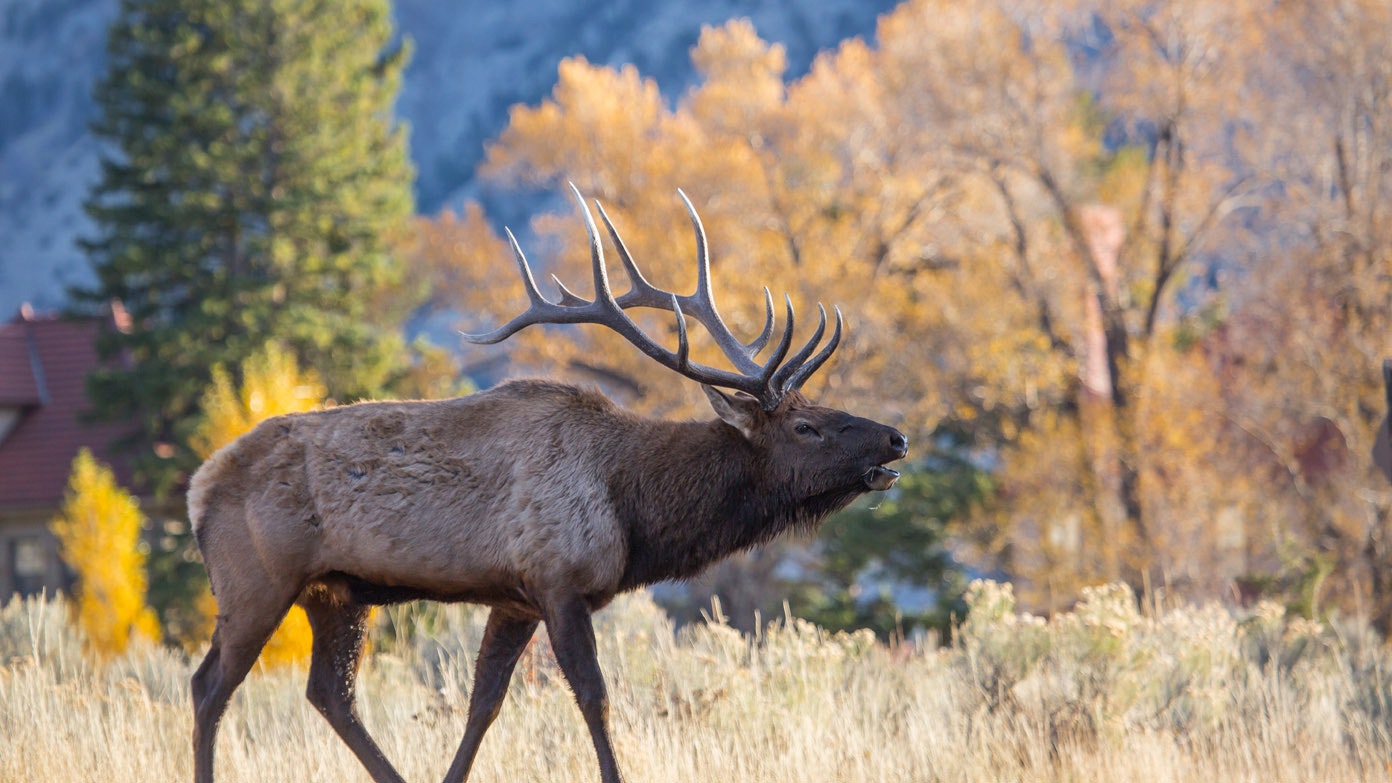Sending more non-resident elk hunters toward private land in eastern Wyoming could curb landowners’ trouble with elk there, while also easing overcrowding in popular hunt areas in western Wyoming, a Game and Fish official said.
“In these (elk) herds, you can’t have an unlimited number of animals,” Doug Brimeyer told the Game and Fish Commission during the commission’s meeting Wednesday in Buffalo. He’s the deputy chief of the Wyoming Game and Fish Department’s wildlife division. The commission sets Game and Fish policy.
“You’re either going to reach ‘social capacity’, where the landowners are getting frustrated with the damage the elk cause. Or, you reach biological capacity (of the land’s ability to support elk),” he said.
Under proposed changes, nonresident elk tags could be issued by various regions of Wyoming. More nonresident hunters would be directed toward eastern Wyoming. That could ease competition with resident hunters. It could also ease overcrowding in popular areas toward the west, such as near Big Piney, Brimeyer said.
The proposed changes would also give game managers in each region more direct control over how many bull elk could be killed in that region, he said.
If the commission adopts the changes, they would take effect during the 2024 hunting season.
Surging Elk Population
Elk are doing well in Wyoming, he said. In 1980, the state had roughly 65,000 elk. In 2021 the elk population was around 120,000 animals, divided among numerous herds throughout the state.
Wyoming’s current elk tag allocation is still largely based upon numbers and policies from the 1980s and 1990s, Brimeyer said.
In the 1970s, nonresident elk tags were issued on a simple “first come, first serve” basis, Brimeyer said. Later, caps for nonresident tags were set at 12 percent, and then 16 percent of total allocations.
For many years, a cap of 7,250 has been placed on nonresident draw tags for elk, he said. Hunters must apply and pay in advance for draw tags. Those are for areas with preset quotas for elk tags. Hunters who succeed in the draw have hunting tags mailed to them. Those who fail in the draw have their money refunded.
During the 2021 elk hunting season, 14,200 tags were sold to nonresidents, he said. That included the 7,250 draw tag quota, plus “leftover” tags that were still available after the draw.





